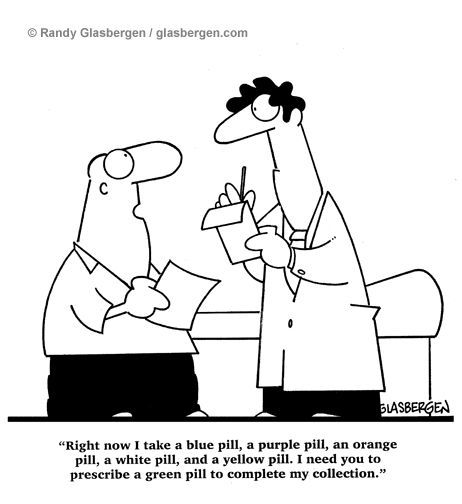You have seen with numerous posts in the past but also in recent publications the need and the call for increased collaboration between different parts of the health care team. This includes pharmacists and nurses, whether it be at the community level or within a hospital setting.

Recently, we published a short report on the perceptions of interprofessional education amongst these two groups of students. Interestingly, simulation was thrown into the mix and the authors aimed to determine whether using simulation based learning would alter perceptions. Within each session the mix of pharmacist and nurse was guaranteed with full debriefing after each simulation session. I don’t need to highlight the positives or basics of simulation here, however, the authors make it clear that the session had to involve not only participation but also observation, review and debriefing.
The validated Student Perceptions of Interprofessional Clinical Education-Revised” (SPICE-R) instrument tool was used as well as classic pre and post educational surveys. After analysis, Median score increases were observed for all SPICE-R items (p < 0.01) for pharmacy students and nine of ten SPICE-R items (p < 0.01) for nursing students. This indicated that perceptions had changed in regard to IPE but interestingly more so amongst nurses than the future pharmacists.
What is great about this report is that it is leading to more engagement and IPE based learning for pharmacists and nurses on campus, as there is a current difference in perception. This could be due to less clinical exposure and weaker baseline education and learning in regard to collaboration amongst pharmacists.
As this all improves, we can certainly change perceptions as the authors have shown, ultimately bringing pharmacists into the ‘team’ more and having improved opportunities for true, collaborative integrated care.